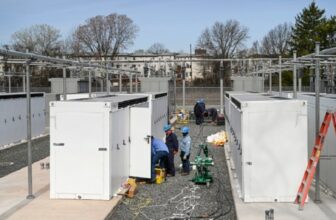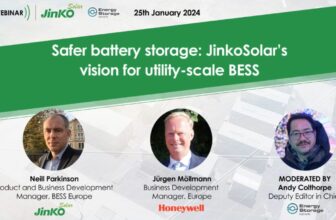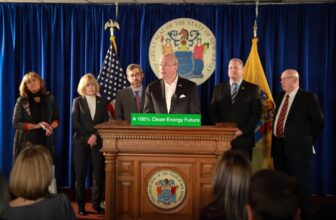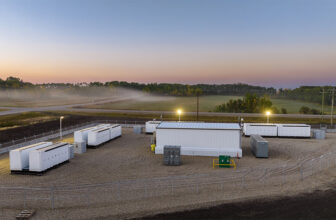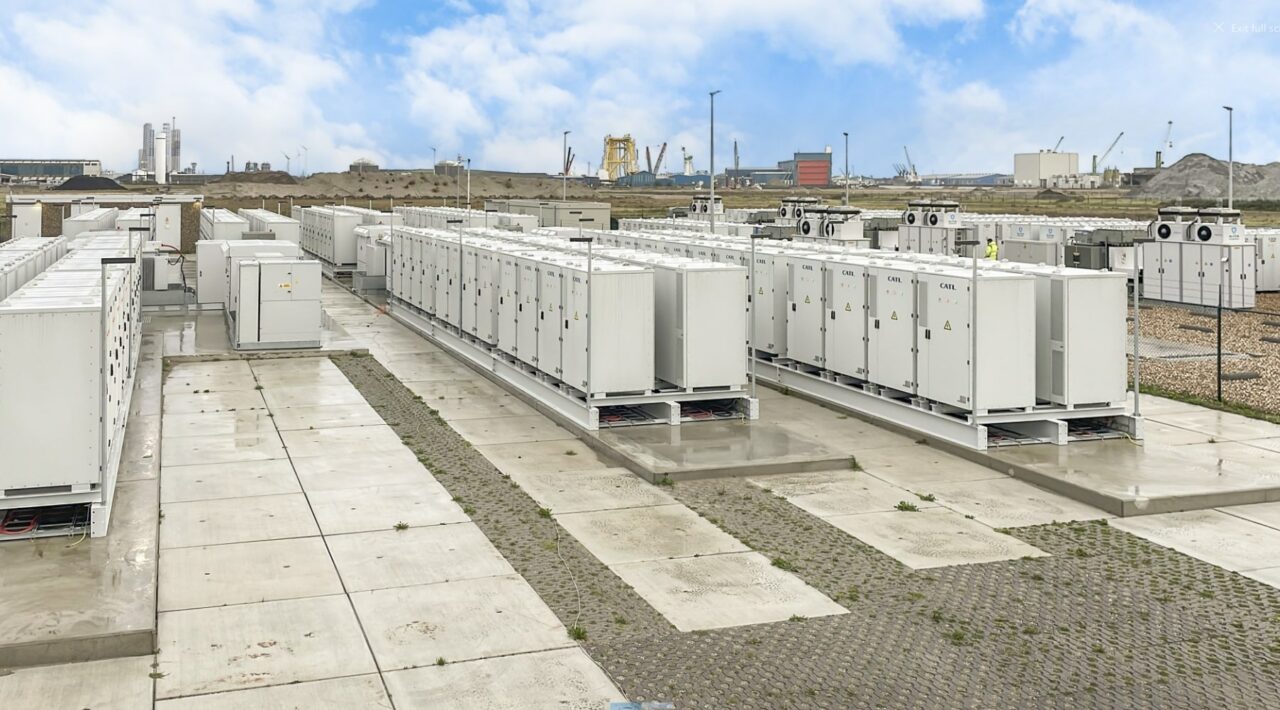
[ad_1]
The challenges in the Netherlands‘ grid-scale energy storage market are numerous and well-documented, including a highly congested grid, ‘double-charging’ of energy storage as both consumer and producer and a relative lack of familiarity with energy storage.
Deployment ahead of returns
SemperPower’s commercial director Jacob Jan Stuyt explains to Energy-Storage.news that the firm’s model for monetising its project at least gets around the bankability challenges related to the third point.
The firm develops and owns its projects but rents out its capacity under long-term agreements – 10-15 years – to different customers. This allows SemperPower to provide fixed, contracted revenues when arranging bank financing, whereas in most markets a BESS’ merchant model would keep debt portions of a project financing relatively low.
That also might mean returns are lower but, put simply, going the merchant route would slow down the pace of deployments that the Netherlands needs, Jan Stuyt says.
“From a returns perspective, it might be easier to go for the trading model, but your equity would have to go up because that completely changes the risk profile. We want to create 1.4GW of BESS capacity in the Netherlands and every other route we explored would put more pressure on that target being realised.”
The commercial model sees SemperPower take responsibility for ensuring the projects have the agreed uptime and availability while the customer, which rents a portion of the project for a fee, keeps all the upside (or downside).
Giga Storage has opted for a similar model, which is akin to that seen in some US markets like California and Arizona, where utilities contract for a portion or the entirety of a BESS’ energy under a long-term deal while the developer owns the project. The largest projects in the US are, in general, being built in those states. In Texas and the UK, the model is much more merchant (though project sizes in Texas are not at all far behind).
SemperPower has multiple customers for its three projects – Castor, Pollux and Star, a 9.3MW/9.9MWh system commissioned in late 2021 – but utility Essent is the only publicly-revealed one.
On how its customers use the BESS projects, Jan Stuyt says: “They have to match supply and demand every day or they go on the imbalance market. With more wind and solar in the system, liquidity for flexibility is more scarce and the predictability of customers is harder because of home solar, EVs etc, so they need a hedge to cover the increased cost of doing business. The BESS is a moveable, steerable asset that lets them hedge their imbalance in the market.”
“Our other type of customer is more of a trader, and they use the asset to work on the imbalance, they go to the markets that need the most liquidity.”
Grid and development challenges
Jan Stuyt says long grid wait times are not a significant challenge for the company – its pipeline of BESS projects have grid connection dates of 2025-28. All are currently planned as 2-hour batteries although the possibility of 4-hour systems is being explored too.
DSOs recently moved from a first-come-first-served model on grid applications to one where there are more payments upfront. An influx of projects in the last two years saw a backlog of 45GW of BESS projects in the queue.
Finding a suitable plot of land is a challenge, however, with the Netherlands being a very densely populated country. Castor and Pollux are on the same plot of land (although do not share any electrical infrastructure or grid connection).
Some 60% of SemperPower’s 1.4GW pipeline is greenfield – meaning it has done all the development work – while the remainder is projects being developed by another company that it has agreements with.
On developing in the Netherlands, Jan Stuyt says: “None of it is easy. If one part is easy, then you know the other part will be hard. For municipalities it’s a new world and people have different reactions to the topic.”
DSOs and BESS’ available markets
Energy storage is also relatively new for the Netherlands’ distribution system operators (DSOs) and there is a variety in the approaches they are taking. There is still a fear of what batteries might do on the grid, Jan Stuyt says, like the theoretical possibility they discharge onto the grid when solar PV is at max output.
But, he points out – as many do – BESS would have no incentive to discharge when that happens and prices are low or negative, and the debate is starting to shift towards this kind of point of view. “The dust is settling on this sort of questions and people are starting to get to grips with the technology.”
One solution to this fear that has been explored in the Netherlands and reported on by Energy-Storage.news is time-limited contracts where BESS can only discharge or charge at certain times of the day.
But Jan Stuyt is a bit sceptical of this solution: “In theory it works, but the question on these times is when, how much and how long? You might end up with a contract where a lot of time is covered by that agreement and the financial reward of abiding by it is negligible.”
One area where BESS could play a significant role but currently has a limited one is the GOPACS market. GOPACS is the congestion management platform run by transmission system operator (TSO) TenneT where parties can buy and sell power based on regional imbalances on the grid. Including GOPACS in a BESS grid connection application would make it much easier to progress its development.
‘No grid-scale BESS coming online this year’
Whether it’s an anomaly or emblematic of all these challenges, next-to-no grid-scale BESS will come online in the Netherlands this year according to Jan Stuyt. The only project we are aware of is a 10MW/20MWh Alfen is deploying at a wind farm, announced in December.
That is a stark contrast to its nearby countries according to the latest data from research firm LCP Delta: 49MW/129MWh is set to come online in Belgium, 325MW/390MWh in France and 485MW/631MWh in Germany.
Energy-Storage.news’ publisher Solar Media will host the 9th annual Energy Storage Summit EU in London, 20-21 February 2024. This year it is moving to a larger venue, bringing together Europe’s leading investors, policymakers, developers, utilities, energy buyers and service providers all in one place. Visit the official site for more info.
[ad_2]



